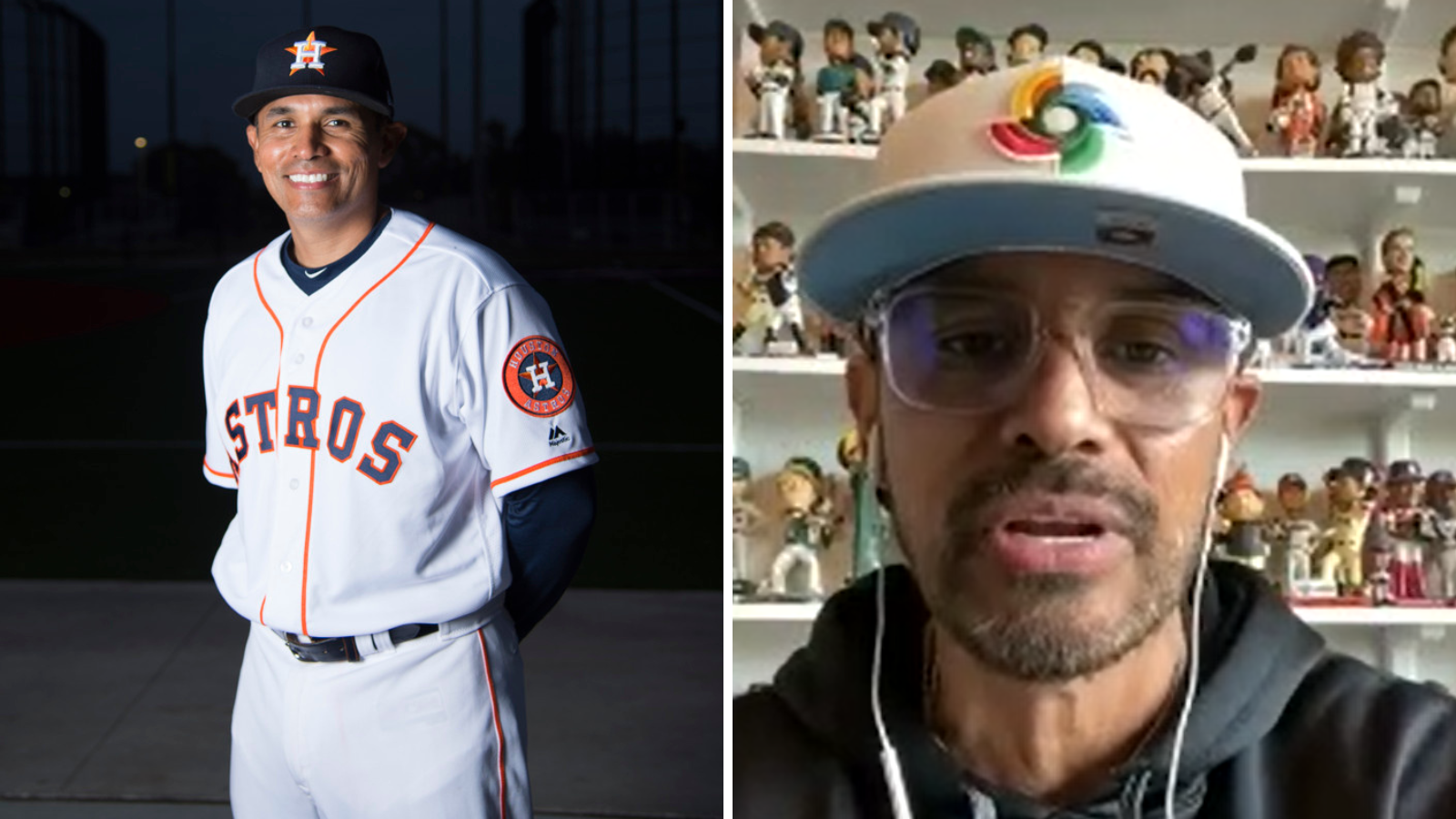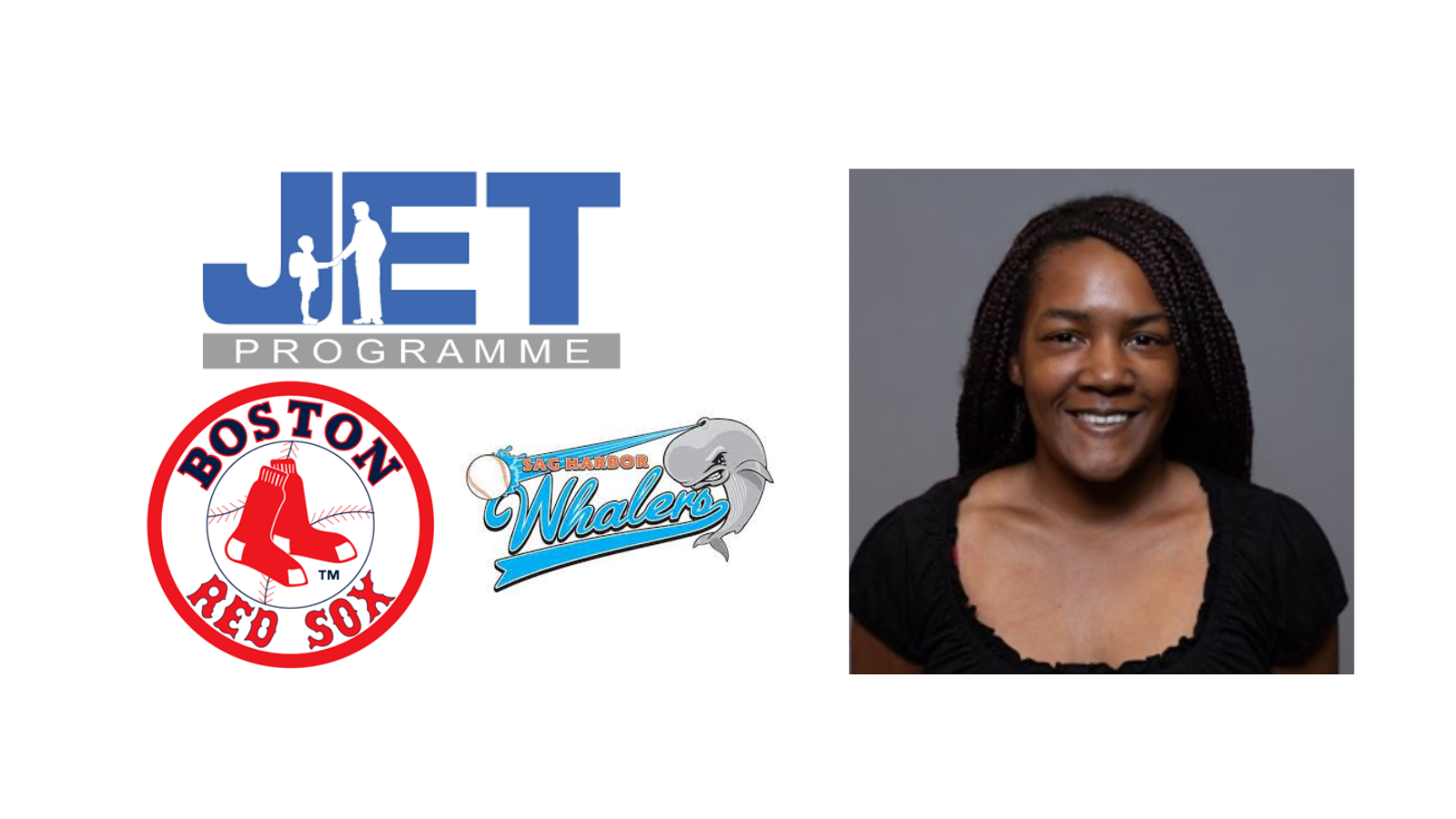Brennan Middleton runs the Diamond Defense Academy, a camp exclusively devoted to teaching infield defense to scholastic and high school players in northern Virginia. He also coaches a travel baseball team.
Middleton grew up in Baton Rouge and won two Louisiana state baseball championships in high school, then played infield at Tulane before a two-year pro baseball career after being drafted by the Nationals in the 10th round.
He’s passionate about teaching defense and was the ideal person for our next Q&A. His answers below have been edited for clarity and length.
Click here to see our other 8 interviews in this series of pieces about coaching defensive excellence.
Mark: Who are your biggest influences in teaching you how to play defense?
Brennan: My dad would take me to the field four or five days a week outside of our normal practices and travel stuff. Fundamentals were ingrained in me early as a kid. That kind of came naturally.
The fielding aspect came naturally to me too, and I think he saw that as a young player that I was just quicker and fast enough to be able to stay in the middle of the field. And he always kind of preached that you stay in the middle of the field, you provide a little bit more of a contribution to a team, whereas if you’re just relying on hitting you get forced to the corners and you have to execute at the plate all the time.
So, it was in my mindset that I wanna diversify a little bit and be able to stay in the middle and provide value there, even when I’m not hitting well. That concept was important to him, and it became important to me.
Later, Jake Gautreau was an influencer. He played at Tulane and played in the Padres organization. He was an assistant coach at Tulane University. He’s an assistant coach at Mississippi State now. And Jeff Garber, the field coordinator for the Washington Nationals who was in charge of all things defense.
Mark: What does defensive excellence mean to you?
Brennan: Executing on the routine plays.
I think any coach that knows what they’re doing or played at a high level knows that you need a Top-10 play sometimes, but you need to be relied upon to make the routine plays.
And if you’re relied upon and you field and you catch and you throw the balls that are hit in your area without relying on the extreme outside-of-scope plays, then you’re gonna play for a long time and you’re gonna be relied upon.
Mark: So how do you teach it?
Brennan: I teach it very compartmentalized and broken down. Specifically for the infield, I believe there’s different types of ground balls. I explain to kids and young players how to view the infield in a way that breaks down the ground balls into different types.
And along with those different types come different types of footwork and angles and range and glove positioning. So, I break the infield down into seven core ground balls. And I believe every ground ball, unless you’re gonna dive for it, falls into one of those seven categories.
And each one of those categories has its own footwork, has its own glove position, has its own angle to the ball. And when you break it down like that, you can work on individual ground balls all the way down to the fundamental level. And then when you build it all back up, the infielder has a better understanding of:
‘When this ball’s hit to me, I practiced this ground ball or that ground ball hundreds of times, and I instantly know, okay, I’m supposed to do this. I’m supposed to put my feet here, I’m supposed to put my glove here, I’m supposed to move this way.’
And it makes it easy to understand and it makes it easy to execute.
And if you don’t break it down like that, especially for young players, they feel overwhelmed and they get stuck or they take a different angle or they’re in the wrong position.
They may have caught the ball, but they’re not in the right position to make the play or make the throw as the game speeds up.
Mark: What are the seven types of ground balls?
Brennan: You’ve got a routine ground ball, which is obviously the most commonly hit ground ball. It’s one that’s hit right at you. Any ball that you can stay to the right of, as a right-handed throwing infielder, or to the left of for a left-handed throwing infielder.
For most infielders who are right-handed, if you can create momentum and feel that ball in between your feet with momentum going back to the left side of the infielder it’s gonna be considered routine.
If you cannot do that and you’re gonna end up having to turn your glove over, or you cannot create momentum, it’s gonna become a different type of ground ball.
There are three types of backhands. One, I call ‘inside the body’ and you field it inside of your body and you use momentum back towards the infield with your feet open to press through it, down and through it, and with momentum back towards the infield area.
And then there’s two types of extension plays. One where you field it with your feet open, and then one where you filled it with your feet crossed over. The one where you field it with your feet open does not require a shuffle. You field it, you shift back to center, you shuffle towards the target, and you throw.
And then when you cross over, you’re clearly not in a good throwing position. Plus, you’re probably extending further than you want to, but that’s needed to catch the ball. It requires a sort of gathering step to kind of slow your body down. So that is the fourth type.
And then there’s two types of forehands. One ball that’s hit to your glove hand side that is not fielded in between your feet, but a ball that’s hit to your glove hand side that is fielded outside of your feet. You’ll field that with one hand, meaning your glove, and you’ll stay inside when you shuffle. So, turn inside, keeping your chest towards the field.
No. 6 would be a reverse pivot, so a ball hit a little bit further than that forehand play in which the infielder is angled towards the outfield but requires more than one shuffle inside to get turned back towards the target. Whereas they would be quicker to just reverse pivot their feet, turn gloveside back towards the infield, and then release the ball towards the target (a more detailed explanation with video can be found here).
And then No. 7 would be a slow roller. There’s three different types of slow rollers, but I bucket them into one. Ball hit to your right, ball hit to your left, and then a barehand ground ball. Each of those has different types of footwork.
So that’s the core seven. We break those down into different fundamentals. We break it down all the way up from the glove work to the footwork to the angles, and we build it all the way back up.
Mark: Do you have any favorite drills or games that you do with the kids that really kind of get them thinking in a good way?
Brennan: I’ve found that it’s sort of an ‘aha’ moment when you put them on their knees, and you’ve asked them to mimic the movements of how they move their glove once they catch the ball in all these different positions.
Because you can set a player up on their knees and you can put him in literally all six of those types of ground balls (not the slow roller) and you have them focus not just on the feet and how they’re moving, but on what are they doing with the ball once they catch it. It starts the process of them understanding.
You have them just funneling the ball into their center on a routine, pushing down through the ball as a backhand, extending as an extension or forehand, and then you mix in short hops in a controlled environment like that where they’re just fielding the short hop and not having to worry about the feet and the movements.
And they get really good with the glove and then you stand them up. And then you slowly work into what you want the feet to be doing in each one of these. It’s a progression that none of them have really ever been taught, in my opinion. It’s not a dig at coaches, but they don’t really know how to teach it.
They just don’t know what to say or do and how to approach it. People know how to teach hitting. But you ask a regular coach to teach defense, not hitting fungoes, but teach defense, and they don’t know how, and they don’t know what to say or how to break it down or how to make it simple.
When you do that, the youngest of the kids say, ‘Wow, I can understand this.’ And they become a more complete defensive player versus just a decent fielder.
Mark: What’s the hardest thing to teach?
Brennan: It’s the slow rollers. I think the younger kids, the ones below 13, they’re growing so fast and they’re still so uncoordinated in how their body actually moves and understanding how their body moves.
So, it’s very difficult to teach a somewhat quirky 11-year-old, who might be athletic but might have a little baby fat still and is not really coordinated, how to run and catch and bend over and get the footwork right. You start to see the understanding of how the body moves when they’re in their early teens.
Other Interviews In The Series
| Coach | Description | Link |
| Dunn Muramaru | Hawaiian high school coach | LINK |
| Darren Fenster | Red Sox infield coordinator | LINK |
| Nelson Cooper IV | Pittsburgh Hardball Academy | LINK |
| Loren Torres | Point Park University | LINK |
| Adam Everett | Phillies minor leagues | LINK |
| Carlos Muñoz | Team USA catching | LINK |
| Petr Baroch | Czech Baseball | LINK |
Mark: How much of an emphasis do you put on learning multiple positions?
Brennan: A lot. Before 13, they should be playing all over the place. Catch if you want to. I don’t force catching.
They should see the field from someone else’s viewpoint. You should understand how the right fielder sees the field. If you’re a shortstop, you should see how the first baseman sees the field. Get one of your bigger first basemen and put him at shortstop for an inning so that he can see what that position sees as the game evolves.
Then, you have a 360-degree view of how your teammates view and understand the game.
Mark: Explain the quote on your website: Baseball is a game of failure, but not on defense.
Brennan: You should not fail at the routine ground balls. A fielder should be damn near perfect on balls that are hit within their range, and they should understand the fundamentals enough to where when the ball is hit to you, unless it takes a bad hop, or unless there’s some inadvertent physical breakdown where you trip over your feet or something, you should catch almost all of them.
Mark: In summary, what would you say about your approach?
Brennan: For me, I’ve found success when I start breaking things down into components and teaching them as if they were in a class. I’m teaching them how to prepare for the test.
Will they be better instantly? No, they’ve got to work at it.
You have to get scientific with it and break it down into the simplest bite-sized chunks for kids. They become more comfortable when they are prepared for anything. They come out the other side feeling more confident as an infielder.
For more examples of what Brennan was talking about, check out the “Improve My Game” tab on his website.



